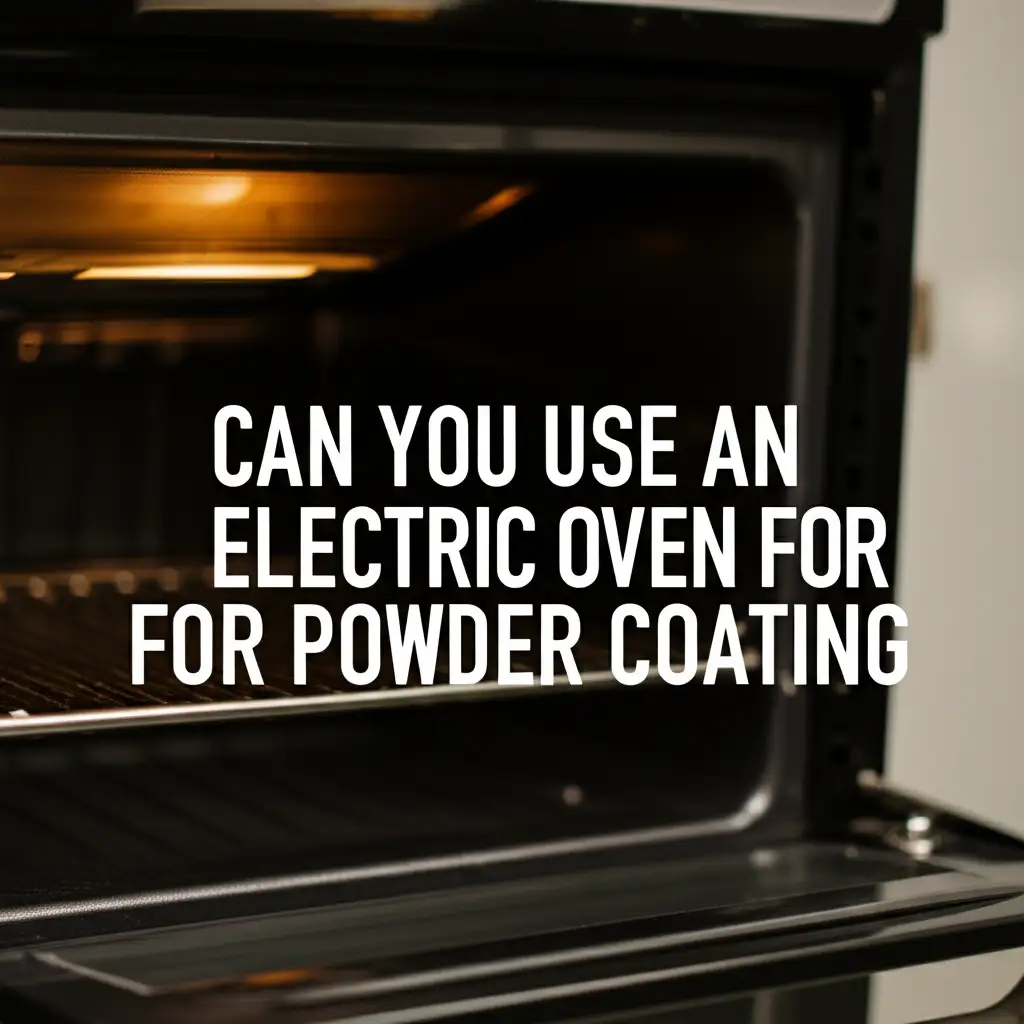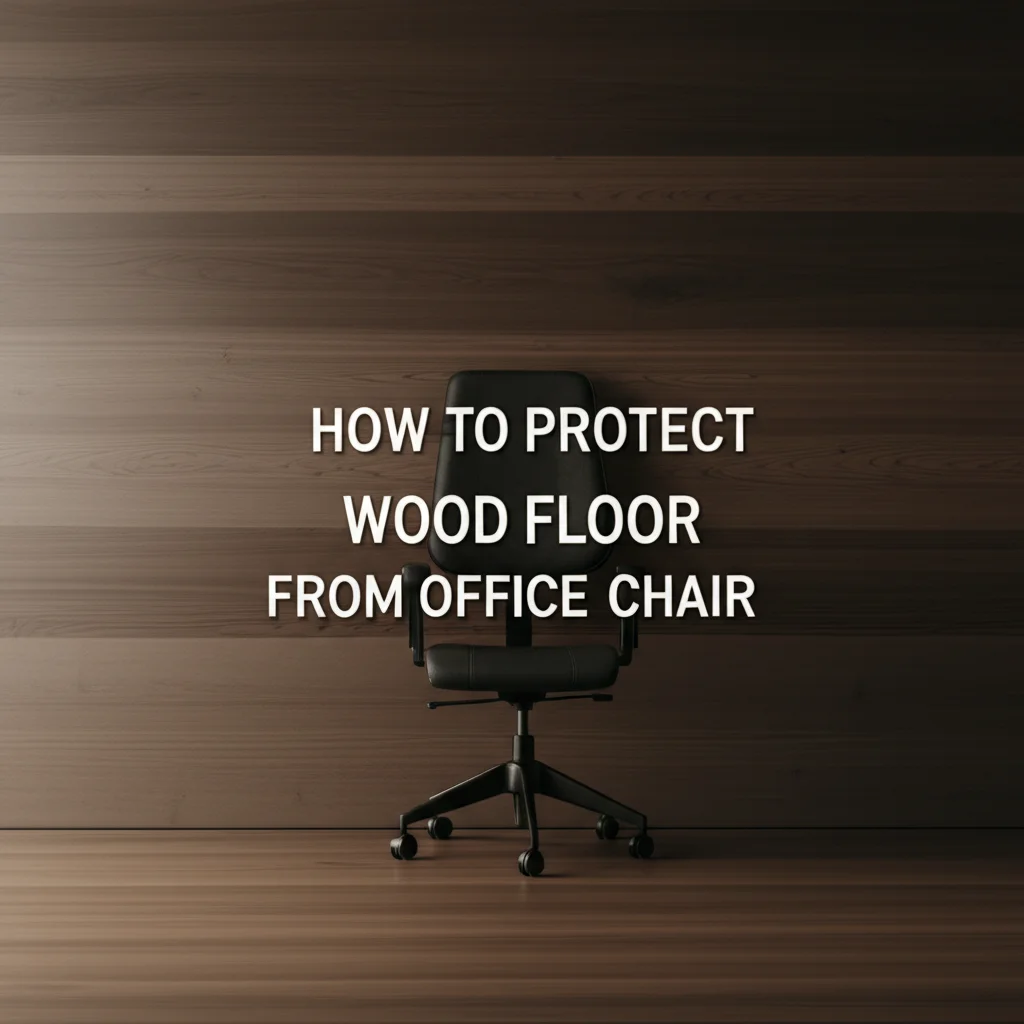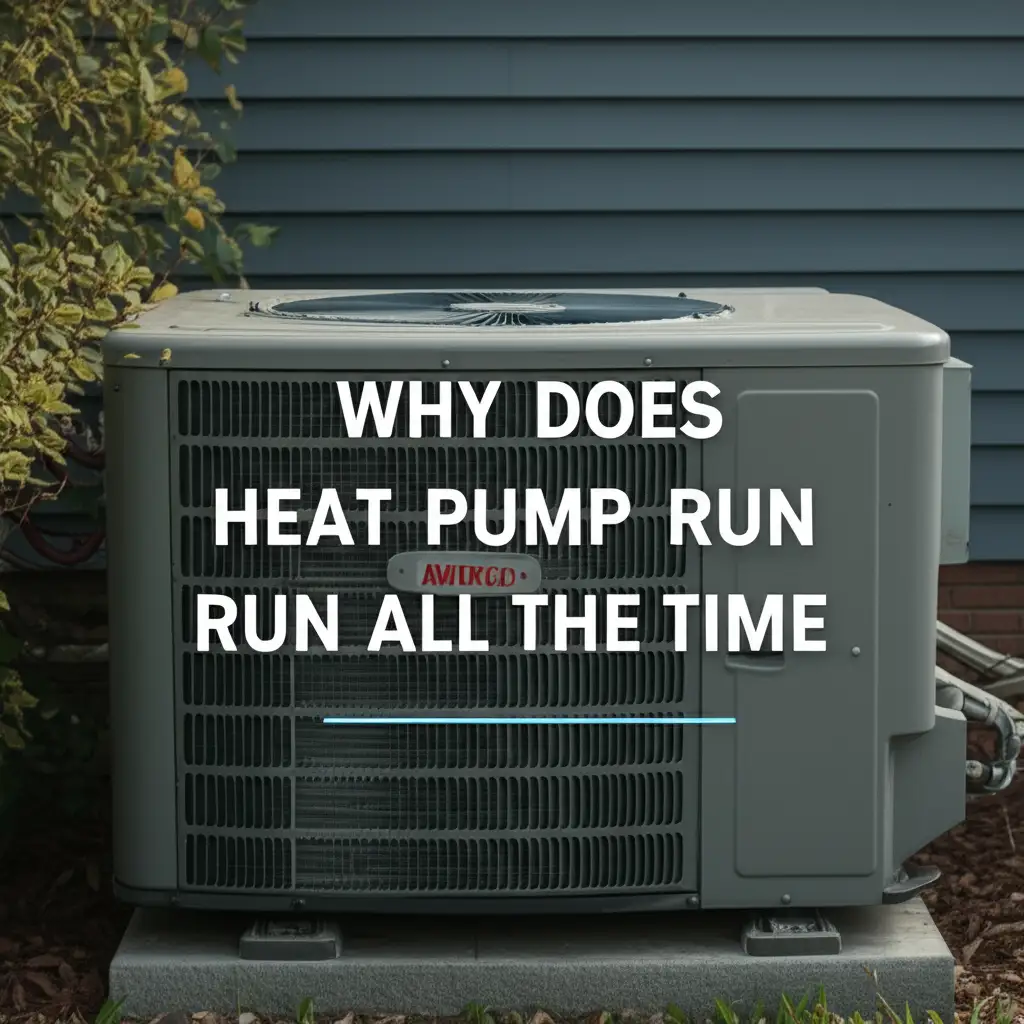· Katria Melrose · Home Improvement · 12 min read
Can You Use An Electric Oven For Powder Coating

Can You Use An Electric Oven For Powder Coating? A Home Project Guide
Have you ever considered giving your metal items a durable, attractive finish right in your home? Powder coating offers a fantastic solution. Many people wonder if their standard kitchen electric oven can do the job. It seems convenient, but there are crucial factors to consider before you start. I often get asked if this is a safe and practical approach for DIY enthusiasts.
This guide will explore the possibilities of using an electric oven for powder coating. We will cover the essential steps, discuss important safety precautions, and help you decide if this method suits your needs. We aim to provide clear instructions and helpful tips for achieving a good finish. Let’s find out if your electric oven is up to this task.
Takeaway:
- A dedicated electric oven is the safest and most effective choice for powder coating.
- Household ovens are possible but require extreme caution due to fumes.
- Proper ventilation is mandatory regardless of oven type.
- Surface preparation is key to a lasting powder coat.
- Temperature control ensures proper curing and finish quality.
Yes, you can use an electric oven for powder coating, but it is highly recommended to use a dedicated oven that is not used for food. Powder coating releases fumes during the curing process which can be toxic and leave harmful residues inside a food oven, posing health risks for future food preparation.
Understanding Powder Coating and Curing
Powder coating is a dry finishing process. It uses finely ground particles of pigment and resin. These particles get electrostatically charged and then sprayed onto an electrically grounded object. The powder sticks to the object’s surface like static cling. After application, the coated object moves into a curing oven.
The oven provides the necessary heat. This heat melts the powder particles. The melted powder then flows out to form a smooth, continuous film. This film hardens into a durable, attractive coating. This process is called “curing.” Curing is essential for the coating to achieve its full strength and protective properties. Without proper heat, the powder will not bond correctly. The finish will be weak and chip easily.
Different powder types require specific temperatures and cure times. It is very important to follow the powder manufacturer’s instructions. Incorrect temperatures can lead to a poor finish or even ruin the part. The curing process also determines the coating’s gloss, hardness, and chemical resistance. A well-cured finish looks good and lasts a long time.
Why a Dedicated Electric Oven is Best
Using a dedicated electric oven for powder coating is the best practice. This oven will be separate from your kitchen appliance. The main reason is safety. When powder heats, it can release volatile organic compounds (VOCs) and other fumes. These fumes are not safe to ingest. They can contaminate a food oven.
Even after cleaning, residues might remain. These residues could transfer to food cooked later. This poses a health risk for you and your family. A dedicated oven eliminates this concern entirely. You do not need to worry about cross-contamination. This ensures your food remains safe.
A dedicated oven also offers practical benefits. You can modify it specifically for powder coating. This includes adding better ventilation or specialized racks. It also prevents your household oven from getting dirty with powder dust. Cleaning a regular kitchen oven after powder coating can be difficult. It might require deep cleaning or special techniques to remove all traces. Learning how to clean an electric oven is useful, but avoiding the mess altogether is better for your kitchen appliance. Using a separate oven makes the entire process more straightforward and safer.
Safety First: Essential Precautions
Safety must be your top priority when powder coating. Whether you use a dedicated oven or temporarily use a kitchen one, precautions are essential. First, proper ventilation is critical. Powder coating fumes contain chemicals. These chemicals are harmful if inhaled. Always work in a well-ventilated area. Open windows and doors, or use exhaust fans.
Consider setting up a fan to draw air out of the room. This helps to move fumes away from your workspace. Never cure powder coating in an enclosed space without airflow. Respiratory protection is also vital. Wear a high-quality respirator mask. A simple dust mask is not enough for chemical fumes. Choose a mask rated for organic vapors. This protects your lungs from airborne particles and gases.
Gloves and eye protection are also important. Wear safety glasses to protect your eyes from powder particles or accidental splashes. Gloves protect your skin from chemical exposure and keep oils from your hands off the part. Be aware of the fire risk. Powder is flammable. Keep ignition sources away from the coating area. Ensure your oven is clean and free of grease before use. Grease fires can be a real danger. Understanding if an electric oven can catch fire if left on highlights the importance of not leaving it unattended. Always monitor the curing process.
Preparing Your Parts for Powder Coating
Proper part preparation is crucial for a successful powder coating job. A clean surface ensures good adhesion. Start by thoroughly cleaning the metal part. Remove all grease, oil, dirt, and old paint. Degreasers, solvents, or abrasive cleaners work well for this. I usually use a strong degreaser and then rinse the part completely. Make sure no residues remain.
Next, sand or abrasive blast the surface. This creates a profile for the powder to grip onto. A smooth surface will not hold the powder as well. After sanding, clean the part again to remove any dust or debris. You can use compressed air for this. Do not touch the cleaned surface with bare hands. Oils from your skin can contaminate the surface.
Hang the part using high-temperature wire. This allows for even coating coverage and easy handling. It also prevents the part from touching the oven racks. Pre-baking the part is another good step. Heat the part in the oven to the curing temperature. This allows any trapped gases or moisture to escape. It also helps with better powder adhesion later. This step, sometimes called “outgassing,” prevents bubbles or defects in the final finish.
Setting Up Your Electric Oven for Curing
Setting up your electric oven correctly ensures an effective cure. First, know your oven’s temperature range and accuracy. Powder coating requires specific temperatures, typically between 350°F and 400°F (175°C and 205°C). Most home electric ovens can reach these temperatures. However, their accuracy can vary. Some ovens have hot spots or uneven heating. This can lead to issues like why an electric oven burns the bottom of everything.
Use an independent oven thermometer to verify the actual temperature. Place it inside the oven. Compare its reading to the oven’s dial. Adjust your oven setting as needed to match the powder manufacturer’s recommendations. Ensure good air circulation inside the oven. Do not overcrowd the oven with parts. This can block airflow and lead to uneven curing. Leave space around each part.
If using a household oven, remove all racks and baking sheets first. Clean it thoroughly to remove any food debris. This prevents smoke or odors during curing. Keep the oven door closed during curing. Opening it releases heat and lengthens the cure time. A consistent temperature is key for a smooth, durable finish.
Applying the Powder Coating
Applying the powder is the exciting part of the process. You will need a powder coating gun. These guns use static electricity to charge the powder. The gun has a hopper that holds the powder. When you pull the trigger, compressed air pushes the powder through the gun’s nozzle. As the powder exits, it picks up an electrostatic charge.
The grounded metal part attracts these charged powder particles. Hold the part with a high-temperature wire or hook. Spray the powder evenly over the entire surface. Maintain a consistent distance from the part. Overlapping your passes slightly ensures full coverage. Avoid applying too much powder in one area. This can cause a lumpy or uneven finish. It can also lead to issues like “orange peel.”
Practice on scrap pieces first. This helps you get a feel for the gun and the application technique. Ensure you have proper grounding for the part and yourself. This allows the electrostatic charge to work effectively. Once the part is fully coated, carefully move it to the preheated oven. Try not to disturb the powder. Any touch can leave a mark on the uncured surface.
Curing Process and Post-Curing Care
Once your part is in the oven, the curing process begins. Start a timer as soon as the part goes into the preheated oven. Follow the powder manufacturer’s specified cure time and temperature. For most powders, this is around 10-20 minutes once the part reaches the curing temperature. The part itself needs to get hot, not just the air around it.
Do not open the oven door during the cure cycle. This causes heat loss and can affect the finish. Once the time is up, turn off the oven. Carefully remove the part using heat-resistant gloves. Be very cautious. The part will be extremely hot. Allow the part to cool down slowly in a clean, dust-free area. Do not try to cool it quickly with water or air. Rapid cooling can cause the coating to crack or become brittle.
The coating is still fragile when hot. It gains its full hardness as it cools. Once the part is completely cool to the touch, the coating is fully cured. You can then handle it normally. For general care, learning how to clean powder-coated metal will help maintain its appearance and durability for years. A properly cured and cared-for powder coat will be very resistant to chipping, scratching, and fading.
Troubleshooting Common Issues
Even with careful preparation, you might encounter issues. One common problem is “orange peel.” This looks like the surface of an orange, with small bumps. It often happens from applying too much powder or uneven oven temperatures. Try reducing powder thickness or ensuring even heat. Another issue is poor adhesion, where the powder chips easily. This usually means improper surface preparation or insufficient curing. Double-check your cleaning steps and cure time.
Pinholes or bubbles can appear on the surface. This might be due to outgassing from the metal, especially if the part was not pre-baked. It can also happen if the metal has contaminants or rust. Fisheyes, which are small craters, typically indicate surface contamination. Even a tiny fingerprint or oil spot can cause them. Re-cleaning the part is often the solution.
Uneven gloss or color can result from inconsistent powder application or temperature variations in the oven. Ensure your spray pattern is even and your oven temperature is stable. If the powder is falling off the part before curing, your grounding might be poor. Check all connections. Proper troubleshooting involves identifying the symptom and systematically checking the relevant steps. Patience and attention to detail will help you achieve a high-quality finish.
FAQ Section
Can I use a toaster oven for powder coating small items?
Yes, a toaster oven can be excellent for powder coating small items. It acts as a dedicated oven, preventing contamination of your kitchen appliance. Ensure it can reach the required curing temperatures (typically 350-400°F). Always use it in a well-ventilated area due to fumes.
How do I clean my electric oven after powder coating?
If you used a household oven, clean it thoroughly after powder coating. First, let it cool completely. Then, wipe down all surfaces with a strong degreaser or oven cleaner. Run the oven’s self-cleaning cycle if it has one. Afterward, wipe it down again. Ventilate the kitchen well.
What temperature do I need for powder coating in an electric oven?
Most powder coatings require a curing temperature between 350°F to 400°F (175°C to 205°C). The exact temperature and cure time depend on the specific powder type. Always check the powder manufacturer’s data sheet for precise instructions to ensure a proper cure.
Is the smell from powder coating harmful?
Yes, the fumes released during powder coating’s curing process can be harmful. They can contain volatile organic compounds (VOCs) and other chemicals. Proper ventilation and personal protective equipment like a respirator are essential to avoid inhaling these fumes.
How long does it take for powder coating to cure in an electric oven?
Curing times vary but typically range from 10 to 20 minutes once the part itself reaches the desired curing temperature. The time starts after the part is fully heat-soaked. Always consult the powder manufacturer’s specifications for the exact duration.
Can I powder coat plastic parts in an electric oven?
No, traditional powder coating requires high temperatures that would melt or deform most plastics. Powder coating is designed for metal substrates that can withstand the curing temperatures of 350-400°F. Special low-temperature powders exist but are rare for home use.
Conclusion
Using an electric oven for powder coating can be a rewarding DIY project. It offers a durable and attractive finish for various metal items. We have seen that while a standard kitchen oven can technically work, a dedicated electric oven is the safer and more practical choice. This eliminates the risk of chemical contamination to your food preparation areas. Regardless of the oven type, prioritizing safety is paramount. This means ensuring proper ventilation, wearing appropriate personal protective equipment, and handling chemicals with care.
Remember, thorough preparation of your parts, precise temperature control during curing, and careful application are key to a high-quality finish. Do not rush the process. Taking these steps will help you achieve professional-looking results right in your home workshop. Are you ready to transform your metal projects with a lasting powder coat? Start planning your setup today for safe and successful powder coating.




